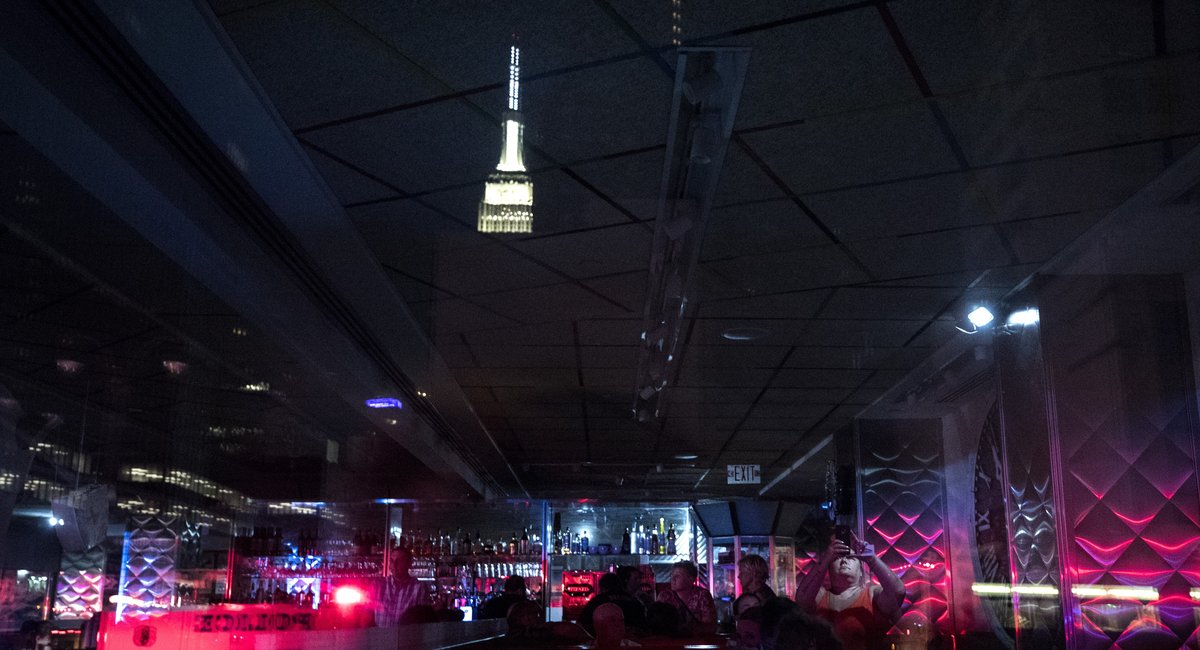New York City’s power grid faces the risk of winter blackouts as buildings shift to electrical heating under new climate laws in the coming years.
The energy transition is driven by two laws that impose emissions goals as soon as next month. Local Law 97 forces buildings to phase out the use of fossil fuels starting in 2024. By 2050, all buildings in the city must cut carbon emissions by 80%. Local Law 154 bans the use of fossil fuels like propane, heating fuel and kerosene in new buildings.
The shift spells a huge surge in electricity running through the city’s grid. Con Edison expects electrical demand during peak hours to more than double over the next three decades as New York seeks to drastically shrink its carbon emissions.
By 2035, electric consumption is projected to peak in the winter instead of the summer as a result of the shift from gas heating. The grid currently sees the most demand during warm months, when air conditioners are blasting in apartments. Con Edison says it needs to spend $68 billion over the next decade to keep up with demand.
“Following through with electrification goals and decarbonization goals in the city means using a lot more electricity and the wires that we have both in our buildings, but also connecting to our buildings, aren’t ready for that yet,” said Melissa Lott, research director at Columbia University’s Center for Global Energy.
Boilers in the basement of a large residential building in Prospect Heights, Brooklyn. Boilers like this are being phased out due to city climate laws.
Christian Rodriguez
The New York Independent System Operator, which coordinates daily distribution of electricity throughout the state, noted the risk the grid could become less reliable in the next 10 years. In a Dec. 5 report, the group cited the huge investments needed to accommodate the shift to electrical energy.
“The pace of fossil [fuel] generator retirements exceeds the pace of new resource additions,” the New York Independent…
Read the full article here

Leave a Reply